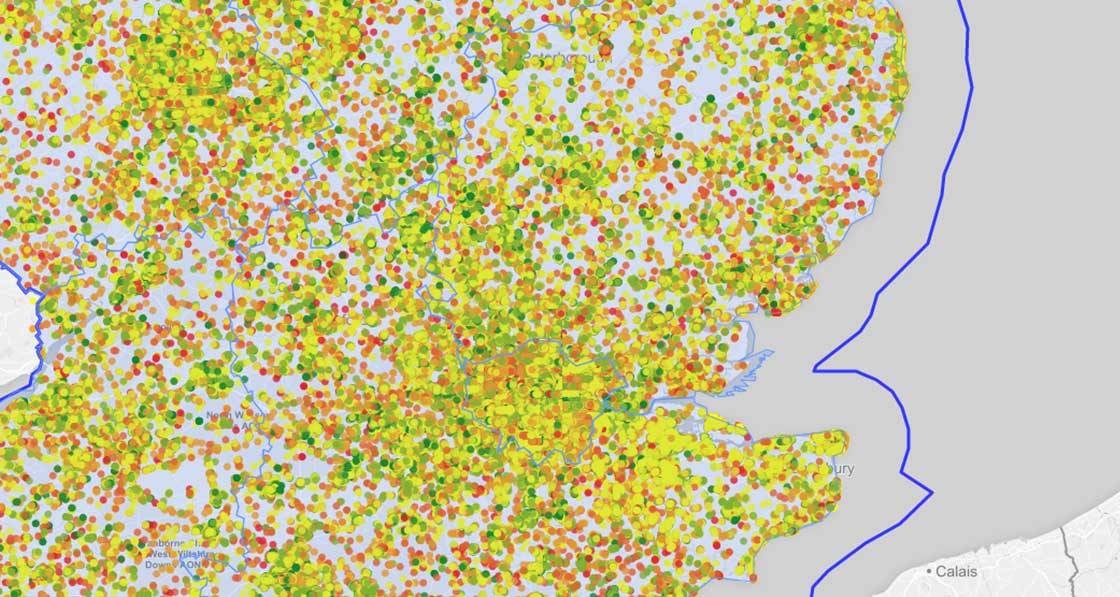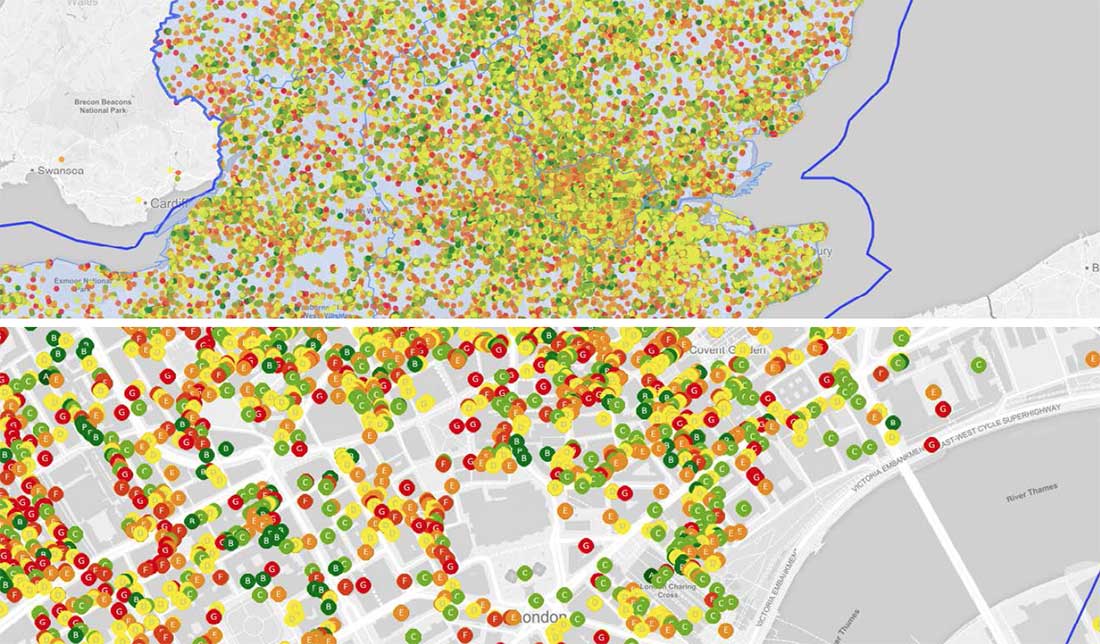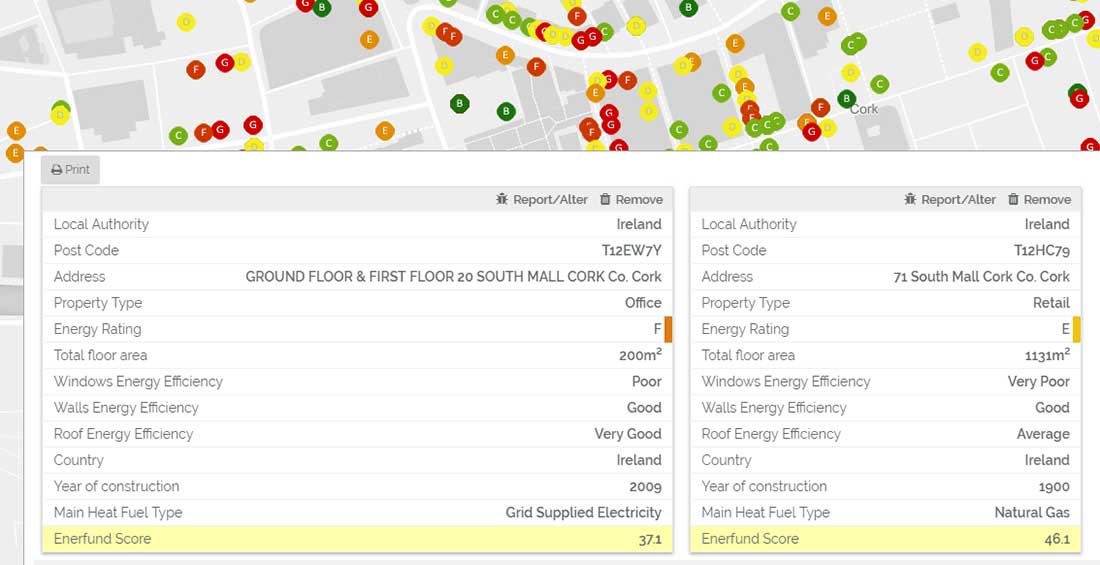
 Michael Hanratty
Michael Hanratty
- Blogs
- Posted
Mapping the efficiency of Europe’s buildings
A new free-to-use online tool aims to map the energy performance of Europe’s buildings, with the goal of helping to stimulate large-scale deep retrofit, writes project manager Michael Hanratty.
Investment in energy retrofit will form a critical part of the drive to cut Europe’s greenhouse gas emissions. Buildings are responsible for about 40% of Europe’s energy consumption, and about three-quarters of these buildings are regarded as energy inefficient. Stimulating large-scale deep retrofit will be crucial to transforming the continent’s building stock.
This article was originally published in issue 29 of Passive House Plus magazine. Want immediate access to all back issues and exclusive extra content? Click here to subscribe for as little as €10, or click here to receive the next issue free of charge
The Enerfund programme aims to scale up investments in deep renovation of buildings. Funded by the European Commission’s Horizon 2020 programme, it provides key stakeholders — such as financing institutions, energy service companies and local authorities — with up-to-date information regarding the energy efficiency of the EU’s buildings.
The project has created a freely accessible application (http://app.enerfund.eu) that maps the energy performance of commercial and public buildings in 13 EU member states, including Ireland and the UK, to building level. It also provides information for Bulgaria, Cyprus, Denmark, France, Greece, Italy, Netherlands, Romania, Slovakia, Slovenia and Spain. The data is based on the buildings’ energy performance certificates (EPCs) or building energy ratings (BERs) in Ireland.
In several countries, residential EPC data is also available at building level — notably in England and Wales, Denmark and Holland.

(above) A map of EPCs for English dwellings, going down to individual building level.
In addition to showing the mapped energy performance data, Enerfund has several innovative features. It includes filtering options to select buildings based on set criteria, and also provides the Enerfund score, which rates a building’s retrofit potential.
Enerfund offers the opportunity to compare deep renovation opportunities of single buildings using data from EPCs/BERs and is constantly upgraded with more data and functionality. In total, data from more than eight million energy performance certificates (EPCs) are now embedded and geocoded into the tool, and more data is being added.
In Ireland, more than 60,000 commercial properties can now be viewed and interrogated for the first time via the tool. The filtering options include BER/EPC band ranges, floor area, building types, and fuel type.
Users can also pan in and, by clicking on rating circles, gather information on selected buildings. The example for Cork City pictured shows the results for two buildings selected for comparison. As well as indicating key attributes including BER, floor area, fuel types, age of construction and property type, it also provides the Enerfund score.

(above) A comparison of the energy performance of two non-residential buildings in Cork.
The Enerfund score is an algorithm developed to rate the retrofit investment potential of a building. It is a uniform scoring method for all datasets contained in Enerfund. The algorithm includes factors such as current rating, potential rating, floor area, age of construction, property price levels, noise levels, ownership, occupancy level and the owner’s funding capabilities. Where no data for any of these factors is available, then default values are used.
During the project it was notable that the quality and consistency of EPC datasets, and access to those datasets, varied considerably across EU member states. It was also apparent that provision should be made to geo-code all national EPC datasets, and EU-wide consensus should be reached to address GDPR issues relating to residential EPC data in particular.
The revised EU energy performance of buildings (EPBD) directive entered into force on 9 July 2018. EU countries will have to transpose the new elements of the directive into national law within 20 months. The new directive has huge potential for efficiency gains in the EU building sector, the largest single energy consumer in Europe. It includes measures that will accelerate the rate of building energy retrofit and strengthen the energy performance of new buildings.
Alongside the EPBD, Enerfund can be a useful and influential tool in strengthening the energy retrofit market in the years ahead.



